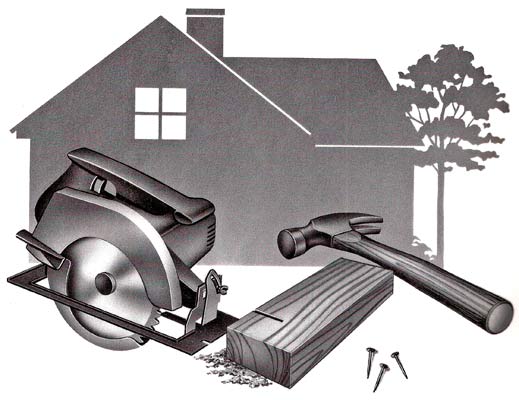
BLOG
Thinking About Buying an Abandoned Property? Here’s What You Need to Know
Buying an abandoned home could present an opportunity to snag a property at a bargain price. But before you decide to start shopping for abandoned properties, there are things you need to know.
A recent article from realtor.com outlined key things buyers need to know about buying abandoned properties, including:
You’ll need to get pre-qualified/pre-approved for a mortgage. If you want to buy an abandoned property, you’ll need to follow the same process as buying any other type of real estate, including getting a pre-qualification or pre-approval letter for a mortgage. This will give you an idea of how much budget you have to work with, which will inform what properties might be a right fit.
The right search terms can help you find abandoned properties. Want to explore abandoned properties in your area? When searching listings, use search terms that might indicate a property is abandoned or unclaimed, like “immediate possession,” “below market value,” “must sell,” or “under appraisal.”
It’s important to understand the risks. Buying an abandoned home can be a risky investment; for example, an abandoned home that’s been vacant for years could have a number of maintenance issues, including wiring issues, water leaks, or gas leaks — all of which could be expensive to repair. Make sure you fully understand the risks (and potential costs) before making an offer.
Loans for Fixer Uppers
Low housing inventory has resulted in a lack of move-in ready homes available for sale. Many buyers, especially first time buyers, tend to overlook properties in need of extensive repairs, but a federally backed lending program enables buyers to roll the cost of necessary repairs into their mortgage, which can sometimes yield a quick return on investment.
Making sense of the story
- The Federal Housing Administration’s 203(k) program provides for loans that cover purchase and renovation costs for single-family homes and multifamilies with up to four units. The total loan amount is based on the property’s appraised value once the repairs are completed. The down payment requirement is 3.5 percent.
- FHA 203(k) loans are not available to investors – borrowers must live in the properties. But some borrowers have used a 203(k) loan to buy and renovate a multifamily property, live in the property for a year or so, refinance into a conventional loan, and then sell the rehabbed property.
- The loans are more expensive than conventional financing, because the interest rates are slightly higher and private mortgage insurance is required.
- Additionally, borrowers must pay a building consultant, who writes the initial estimate of the cost of planned repairs. Fees range from $400 to $1,000, depending on the extent of the repairs. The consultant also ensures that the repairs will bring the house up to government health and safety standards.
- The loans do not cover the addition of luxury items, such as a pool. But allowances are made toward the cost of repairing or removing a pool, as well as for the addition of solar panels.
- Renovations must be made within six months after closing. The contractor is paid in intervals after periodic inspections of how the work is progressing. Borrowers should make sure they hire experienced contractors who understand that they won’t be paid upfront and must adhere to strict timelines.
For more information contact Laura Key, Real Estate Agent at Laura.A.Key@gmail.com
www.KeyCaliforniaHomes.com
Source: New York Times By LISA PREVOST Published: January 17, 2013
